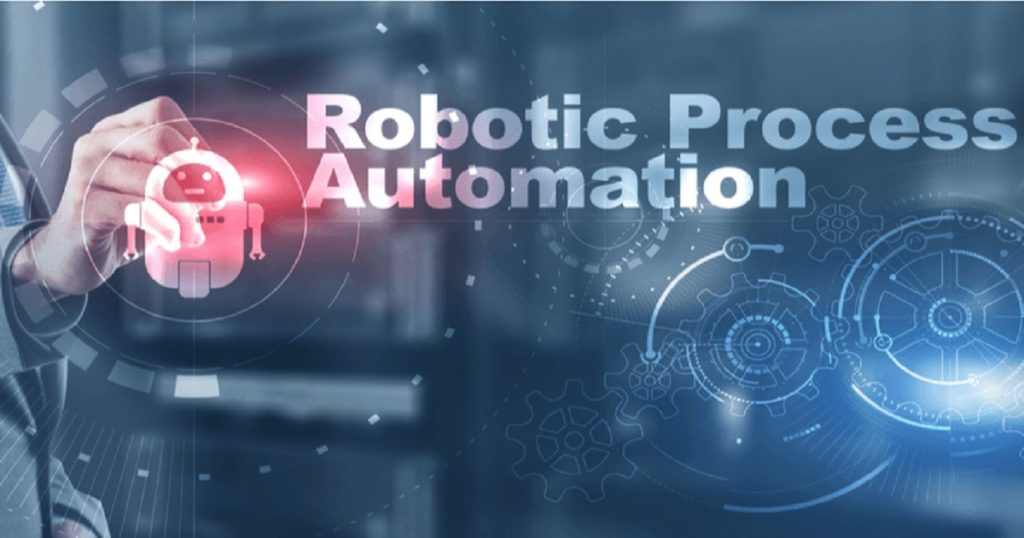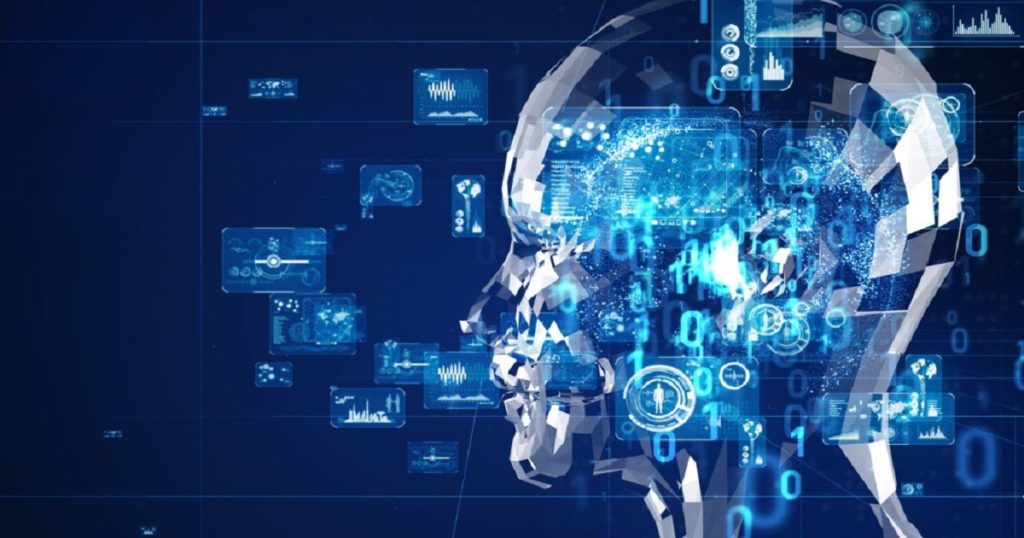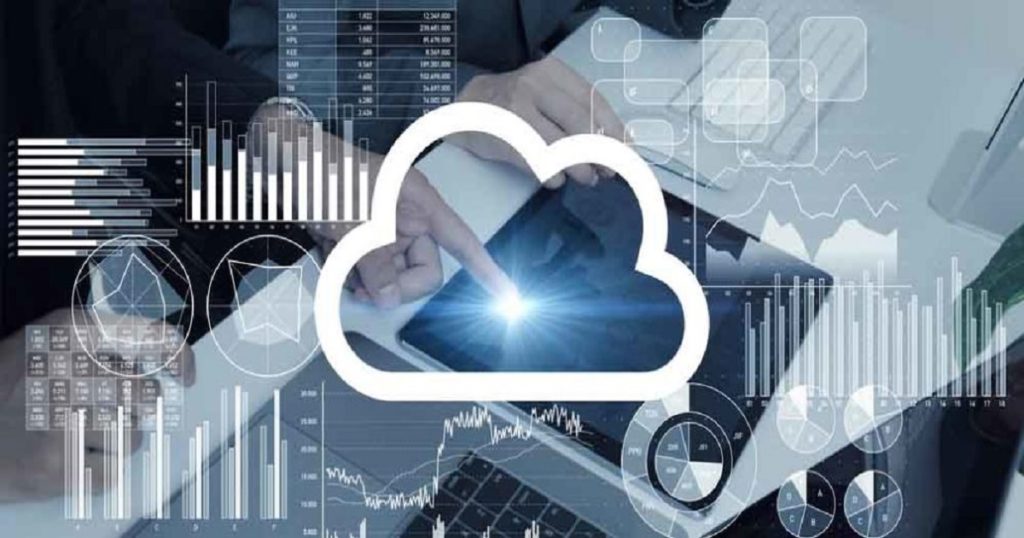SAP Intelligent Robotic Process Automation – The Future of Automation

SAP Intelligent Robotic Process Automation – The Future of Automation – a Sneak peak
We have seen many automation tools in the market that helps humans in automating some repetitive tasks called as Test Automation tools. More recently we have been hearing about Robotic Process Automation tool. RPA is not to be confused with other test automation tools as RPA consists of software bots (Software Code) that comprehends user actions and it has a flavor of AI or Artificial Intelligence and one of the examples is SAP Intelligent RPA.
When compared to ROI – Return on Investment RPA is the tool that is boosting the ROI and reducing costs. RPA should and must be used if the customer wants to accelerate the business process by replicating the actions and mundane back office end users’ tasks thus enabling the users to focus on more value driven innovative activities.
RPA can replicate many human actions, such as open and close excel files, launch FIORI apps, key in data, modify data and much more.
Attended bot:- This is deployed on a User workstation mimicked by user action
Unattended Bot:- This is deployed on a virtual machine and triggered by a scheduled job
- Bots can be used for Automating Business Process in production, system migration or upgrades
- SAP Intelligent RPA’s core for automation is to Create/develop bots, Run, Monitor
- SAP Intelligent RPA’s components or the main pillars of RPA
- Cloud Factory – This is responsible for Monitoring this is just a web Brower which is used for monitoring bots, provides status of jobs.
Cloud Factory (Hierarchy)
Define set of users (hierarchy)
Environments
Configure
Package (consists of automation script)
Benefits of RPA
- It relies on the Workflow that is created by the bot developer.
- Time to implement RPA compared to traditional automation tools is very fast though we require proper strategy and planning
- Unlike traditional test automation tools that is product specific, RPA automates Products and Business Process that is the core of digital transformation.
Finally, SAP Intelligent RPA is used to create automation scripts for Business processes that can run in attended or unattended mode. The scripts can run in a production environment and can automate processes such as creating a PO, creating an Invoice, etc. This is offered as a cloud service on subscription.











